
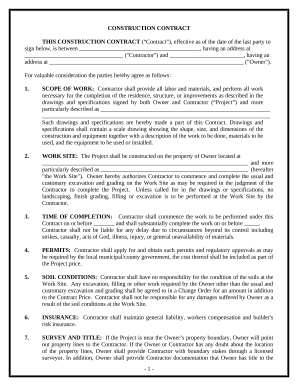
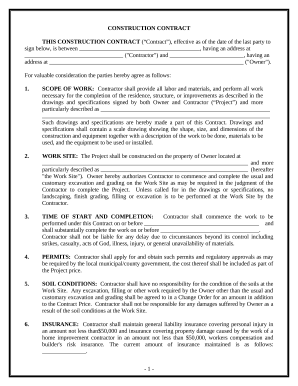
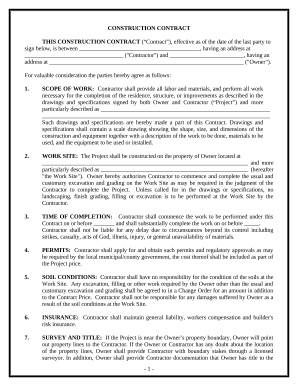
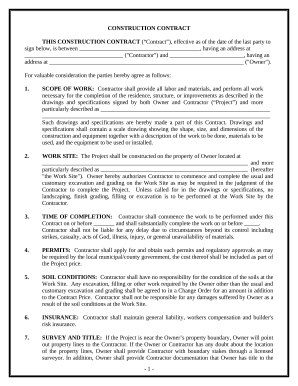
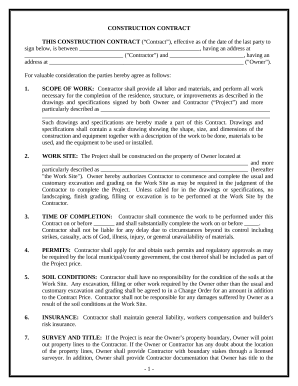
Document administration can overwhelm you when you can’t locate all the documents you need. Fortunately, with DocHub's substantial form collection, you can discover everything you need and easily handle it without switching between apps. Get our Construction Contract Cost Plus and start utilizing them.
How to use our Construction Contract Cost Plus using these easy steps:
Try out DocHub and browse our Construction Contract Cost Plus category with ease. Get a free profile today!